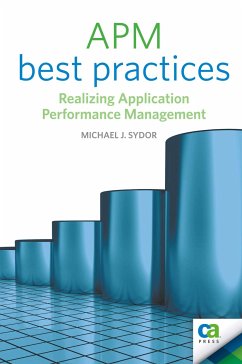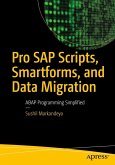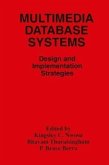The application performance monitoring marketplace is very focused on ease of installation, rapid time to usefulness, and overall ease of use. But these worthy platitudes do not really address the application performance management processes that ensure that you will deploy effectively, synergize on quality assurance test plans, triage accurately, and encourage collaboration across the application life cycle that ultimately lowers overall application cost and ensures a quality user experience. These are also fine platitudes but these are the ones that are of interest to your application sponsors. These are the ones for which you need to show value. This CA Press book employs this iterative approach, adapted pragmatically for the realities of your organizational and operational constraints, to realize a future state that your sponsors will find useful, predictable and manageable-and something that they will want to fund. In the meantime, you will learn the useful techniques needed to set up and maintain a useful performance management system utilizing best practices regardless of the software provider(s).
Dieser Download kann aus rechtlichen Gründen nur mit Rechnungsadresse in A, B, BG, CY, CZ, D, DK, EW, E, FIN, F, GR, HR, H, IRL, I, LT, L, LR, M, NL, PL, P, R, S, SLO, SK ausgeliefert werden.









